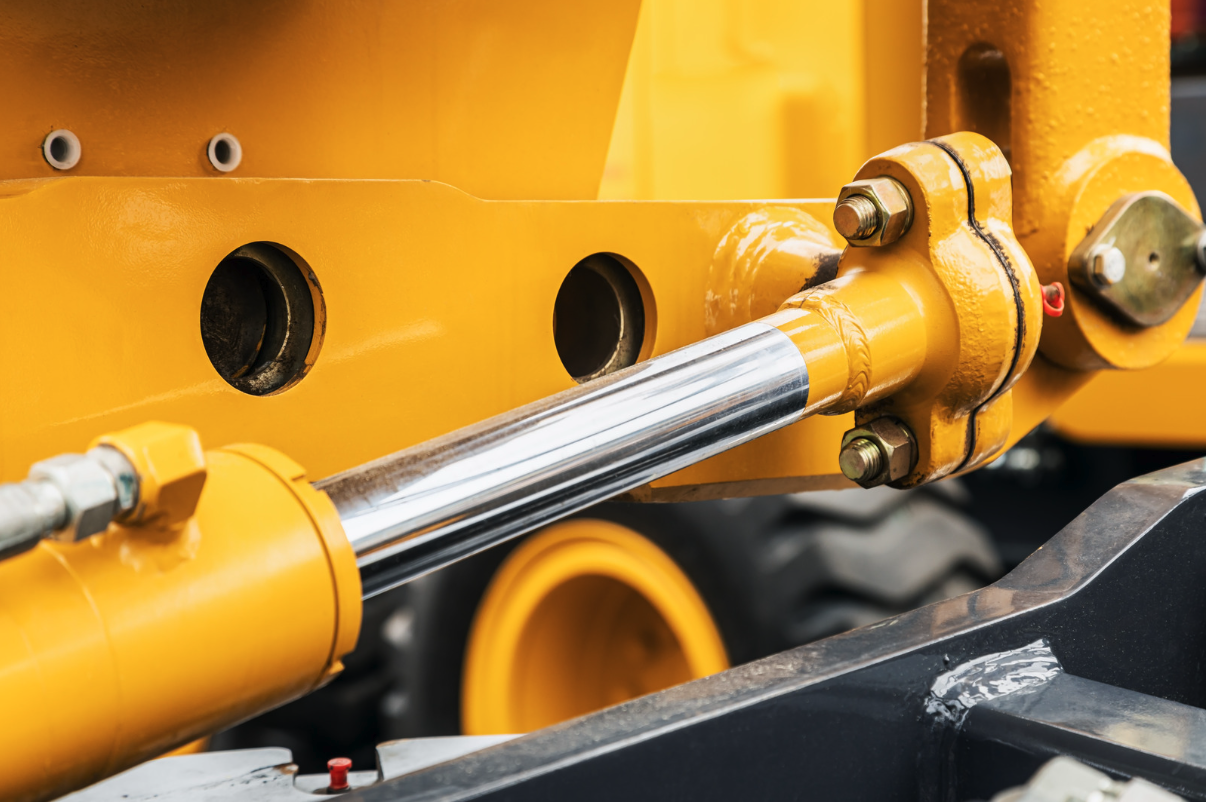What Are the Components of a Hydraulic System?
by Quotebeam Team
Apr 24, 2024

Hydraulic systems are ubiquitous in various industries, powering machinery and equipment with precision and efficiency. Understanding the components of a hydraulic system is essential for anyone working with hydraulic equipment. In this blog, we'll review the key components of hydraulic systems, from actuators and valves to positioners, and delve into their functions and importance in hydraulic technology.
What is a Hydraulic System?
Hydraulic systems utilize pressurized fluid to transmit power and control mechanical motion. They consist of a hydraulic pump, which generates hydraulic pressure, and various hydraulic components that manipulate the flow and direction of hydraulic fluid to perform specific tasks. Hydraulic systems are widely used in manufacturing, construction, and transportation for applications ranging from lifting heavy loads to controlling machinery.
Hydraulic systems are renowned for their reliability and versatility, making them indispensable in various industries. From powering heavy machinery in construction sites to controlling the precise movement of robotic arms in manufacturing facilities, hydraulic systems offer unparalleled efficiency and performance. Their ability to transmit power over long distances with minimal energy loss makes them ideal for applications where electric or mechanical systems are impractical or inefficient. With advancements in technology, hydraulic systems continue to evolve, offering innovative solutions to meet the ever-changing demands of modern industries.
What are Hydraulic Components?
Hydraulic components are devices or parts that make up a hydraulic system and enable it to perform various functions. These components include actuators, valves, pumps, cylinders, hoses, and fittings. Each component helps in converting hydraulic energy into mechanical motion, controlling fluid flow, and transmitting power within a hydraulic system.
What are the Components of a Hydraulic System?
Hydraulic systems comprise an array of crucial components, each meticulously designed to fulfill distinct functions vital for the system's operation and performance. These components work in tandem, harnessing the power of hydraulic fluid to facilitate seamless mechanical motion and control within hydraulic systems.
Actuators in Hydraulic Systems:
Actuators in Hydraulic Systems are essential components across industries, known for their ability to convert hydraulic energy into mechanical motion. In automotive manufacturing, hydraulic cylinders are pivotal on assembly lines, precisely positioning heavy vehicle components like chassis frames and engine blocks. This enhances production efficiency and maintains quality standards. Similarly, in aerospace manufacturing, hydraulic motors power robotic arms, delicately maneuvering intricate components during assembly, ensuring flawless aircraft and spacecraft construction. These actuators also find use in construction, material handling, and marine engineering, contributing to efficiency and safety in various applications.
Hydraulic Valves:
Within injection molding applications, directional control valves and pressure control valves meticulously regulate the flow and pressure of hydraulic fluid. This precise control ensures flawless production of plastic parts by precisely controlling the movement of mold components. In heavy machinery applications such as construction equipment, these valves play a pivotal role in maintaining optimal hydraulic pressure levels. This enables smooth and efficient operation of hydraulic systems under varying load conditions, enhancing equipment performance and longevity.
Positioners:
In state-of-the-art CNC machining centers, hydraulic positioners carefully maneuver workpieces and cutting tools, orchestrating intricate machining operations with utmost accuracy and efficiency. Furthermore, in advanced robotic assembly lines, hydraulic positioners facilitate the seamless integration of components, ensuring flawless alignment and coordination during the assembly of complex products such as electronic devices and automotive assemblies.
Understanding the functions and significance of hydraulic components is essential for effectively designing, operating, and maintaining hydraulic systems. By carefully selecting and properly configuring these components, engineers and operators can enhance the performance, efficiency, and reliability of hydraulic equipment in various industrial applications.
